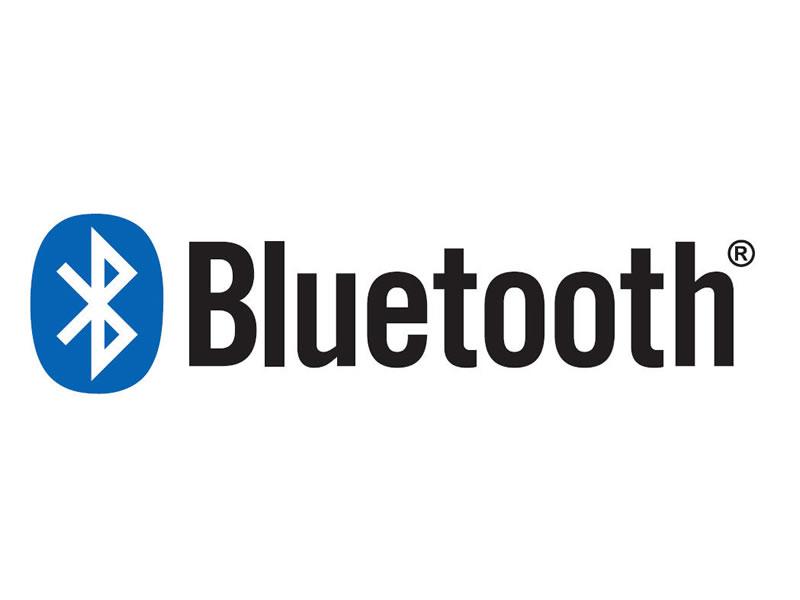
Bluetooth is a short-range wireless technology standard that allows data to be exchanged between fixed and mobile devices.
Originally invented by Ericsson in 1994, the technology uses short wavelength radio waves from 2.4 to 2.485 GHz.
It is managed by the Bluetooth Special Interest Group, which works to ensure interoperability across different platforms.
Unlike other forms of connectivity such as wi-fi or 4G, Bluetooth carries connections between devices and other devices as opposed to carrying data to and from the internet.
It is able to run at very low energy with Bluetooth Smart or BLE, making it ideal for devices that have to survive for long periods on a single charge. Devices that use forms of energy such as solar to power a Bluetooth connection are becoming increasingly common.
There is also a version of Bluetooth that allows very high quality data transfers, BR/EDR, allowing streaming at very high quality. This means that wireless audio has been a popular application for Bluetooth.
What is Bluetooth named after?
The low energy functionality of Bluetooth is built on a new development framework using Generic Attributes, or GATT. This makes it flexible for developers and it can be used for just about any scenario.
Common applications for Bluetooth include connecting mobile devices to ancillary devices such as headphones or speakers.
Many smartwatches use Bluetooth to pair with a smartphone, since few smartwatches can connect directly to cellular networks themselves. For example, the Apple Watch will use Bluetooth when the paired iPhone is nearby, saving power. If Bluetooth is not available, the Apple Watch will use wi-fi.
Bluetooth is expected to be a key technology for connecting the Internet of Things in coming years.
Bluetooth is named after the 10th century Danish King Harald Blåtand or Harold Bluetooth in English. This is because Bluetooth was designed to unify disparate devices and products, and Blatand unified warring factions in parts of Scandinavia.






